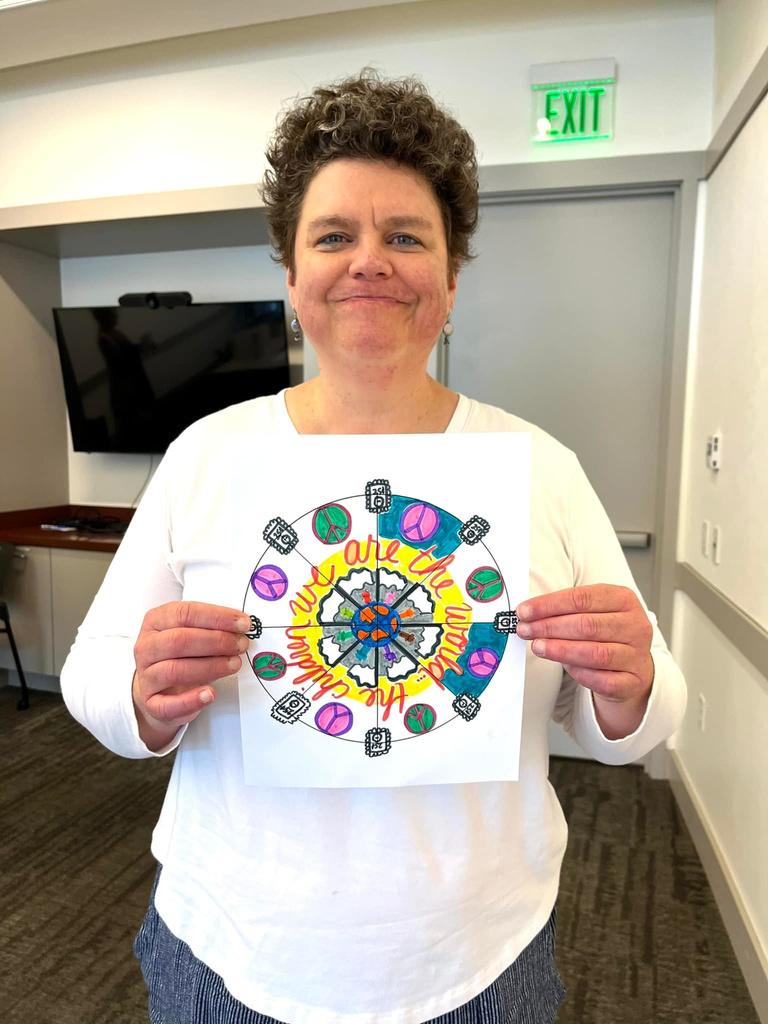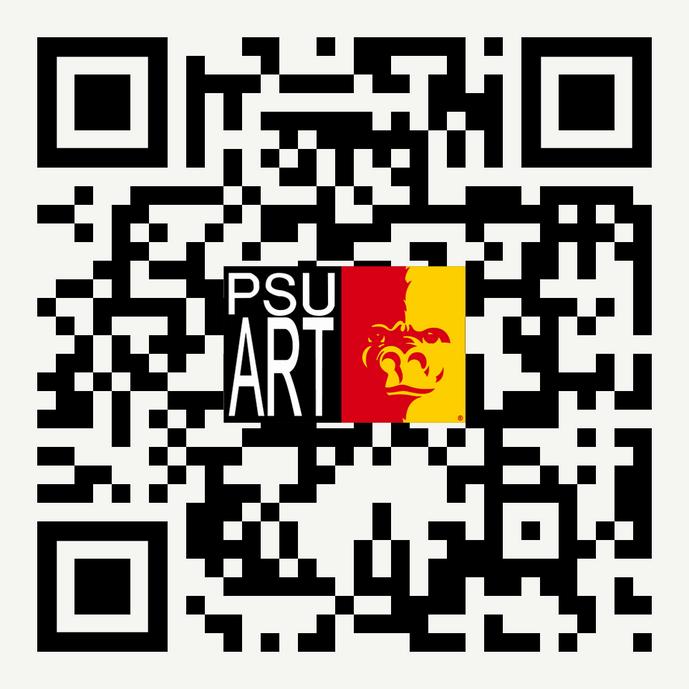













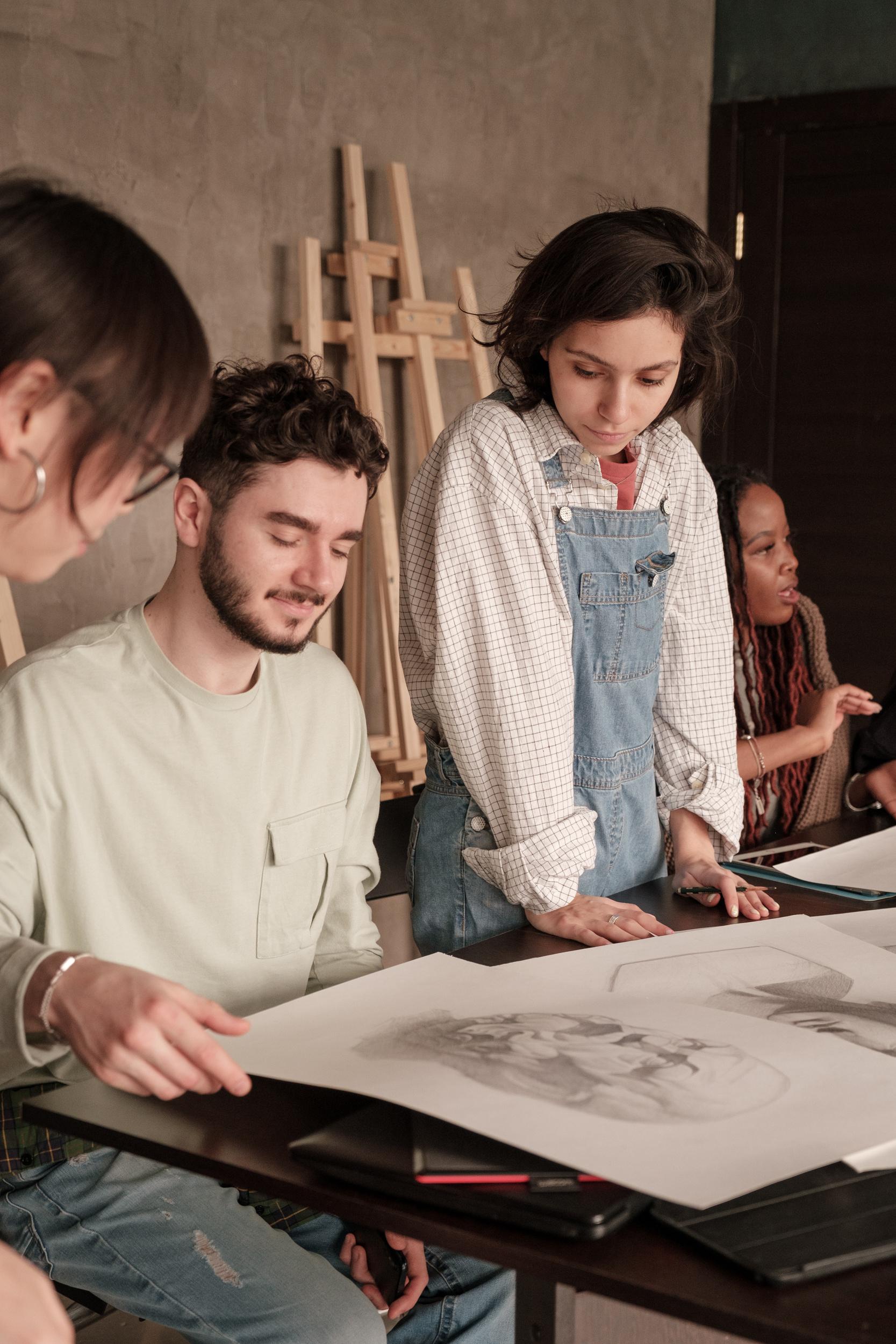





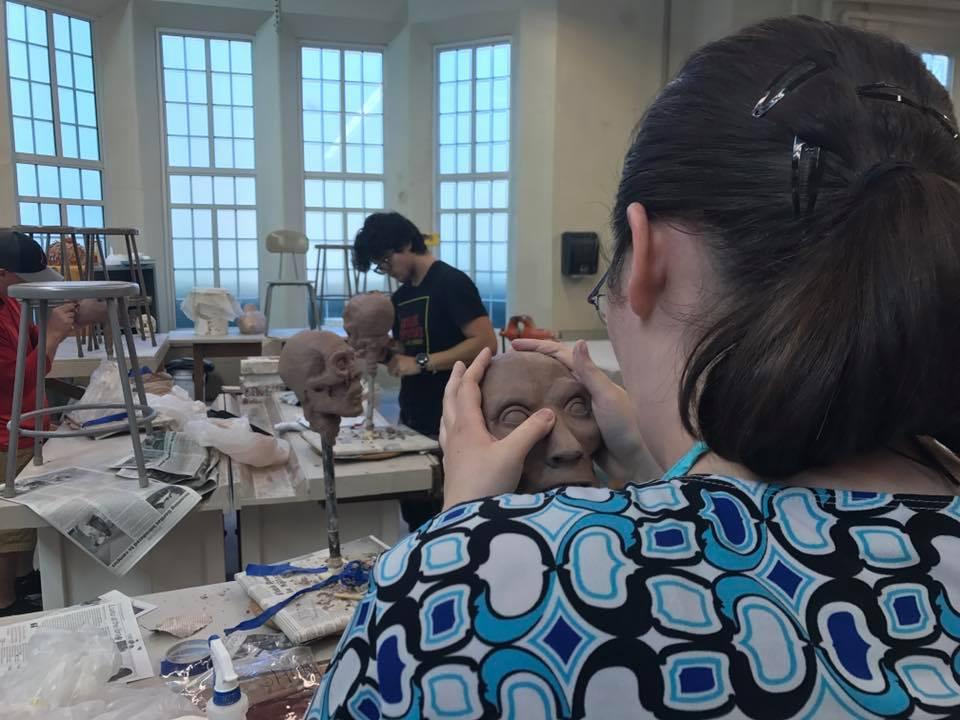


College can be a confusing experience. We hope this guidebook will make it a bit easier. In this student handbook, you will find resources related to grading, advising, studio safety, and much more in the Department of Art. You will also find contact info for your instructors, and other departmental information that could be helpful.


AArtwork produced during this course is outstanding. The level of commitment and output demonstrates mastery of course knowledge and abilities, course criteria have been exceeded. The chances of success in art courses, major or graduate degrees, and the arts professions are very good.

BThe work produced for this course is of a high caliber. While not yet mastered, course information and abilities have been met with a degree of involvement and/or production that suggests they are at a competent stage of growth Success is possible in major or graduate degrees, the arts professions, and associated and advanced art courses.
CThe quality of the work produced in this course is typical for the level of course Course knowledge and skills have been demonstrated through the completion of prerequisites with a level of involvement and/or production that suggests a developing competency. There is concern regarding potential success in art courses, advanced art courses, and a serious concern for potential success in major or graduate programs and the art professions.
DThe artwork produced in this course is of quality. Course knowledge and skills are at a stage of development where they are only marginally competent, as evidenced by the level of involvement and/or production required to meet course requirements. There is substantial concern about prospective success in major or graduate programs, the arts professions, and advanced art courses. There is also concern for potential success in related art courses and advanced art courses.
FThe amount of involvement and/or production required to fulfill course requirements does not reflect a mastery of the course ' s knowledge and abilities There is no evidence that the student will succeed in related art classes with this lack of involvement

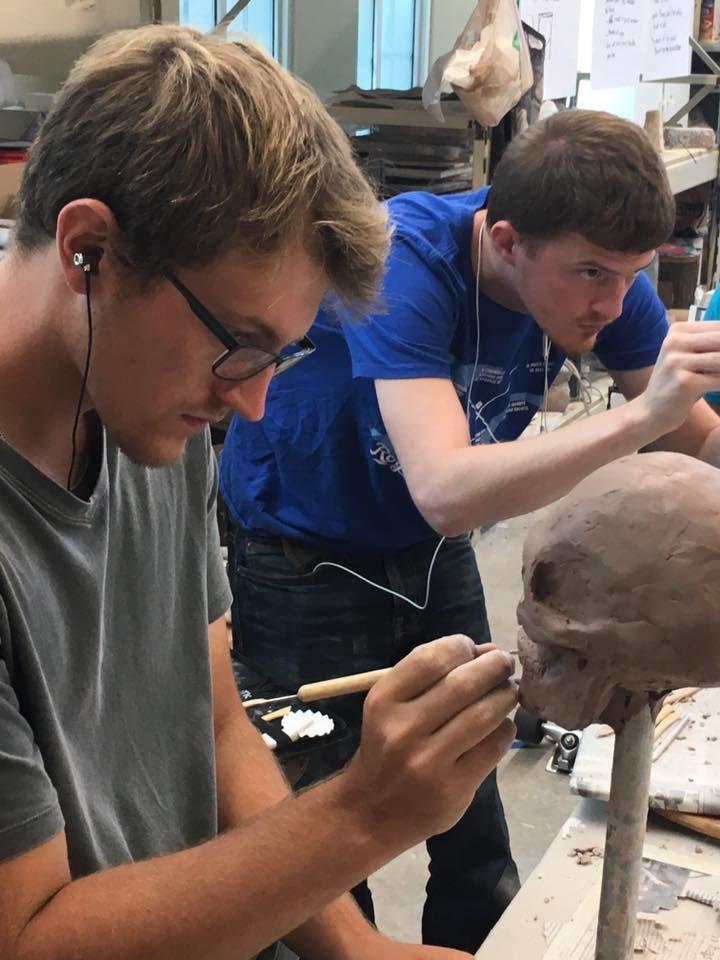

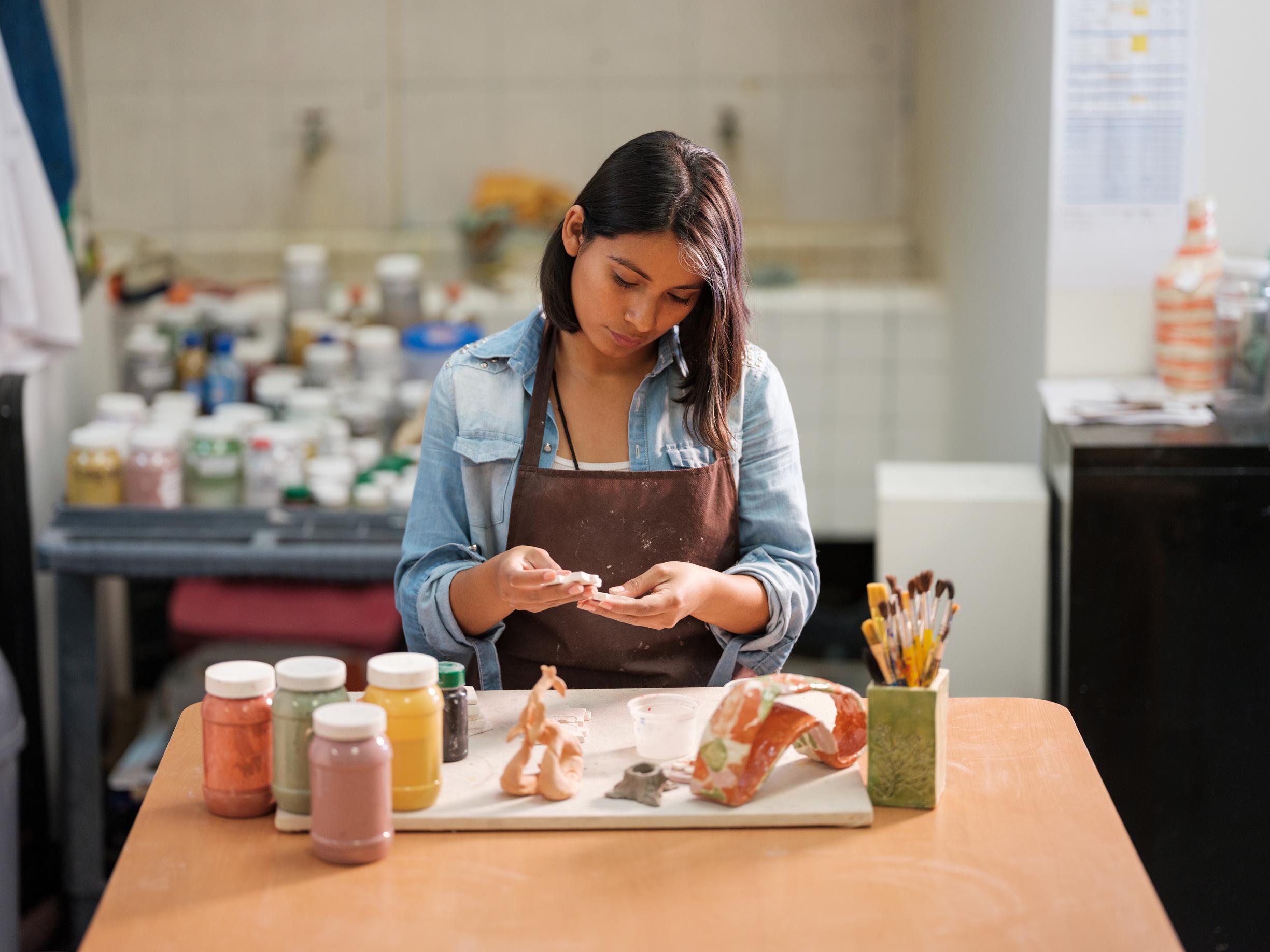

Make and keep appointments with my advisor.
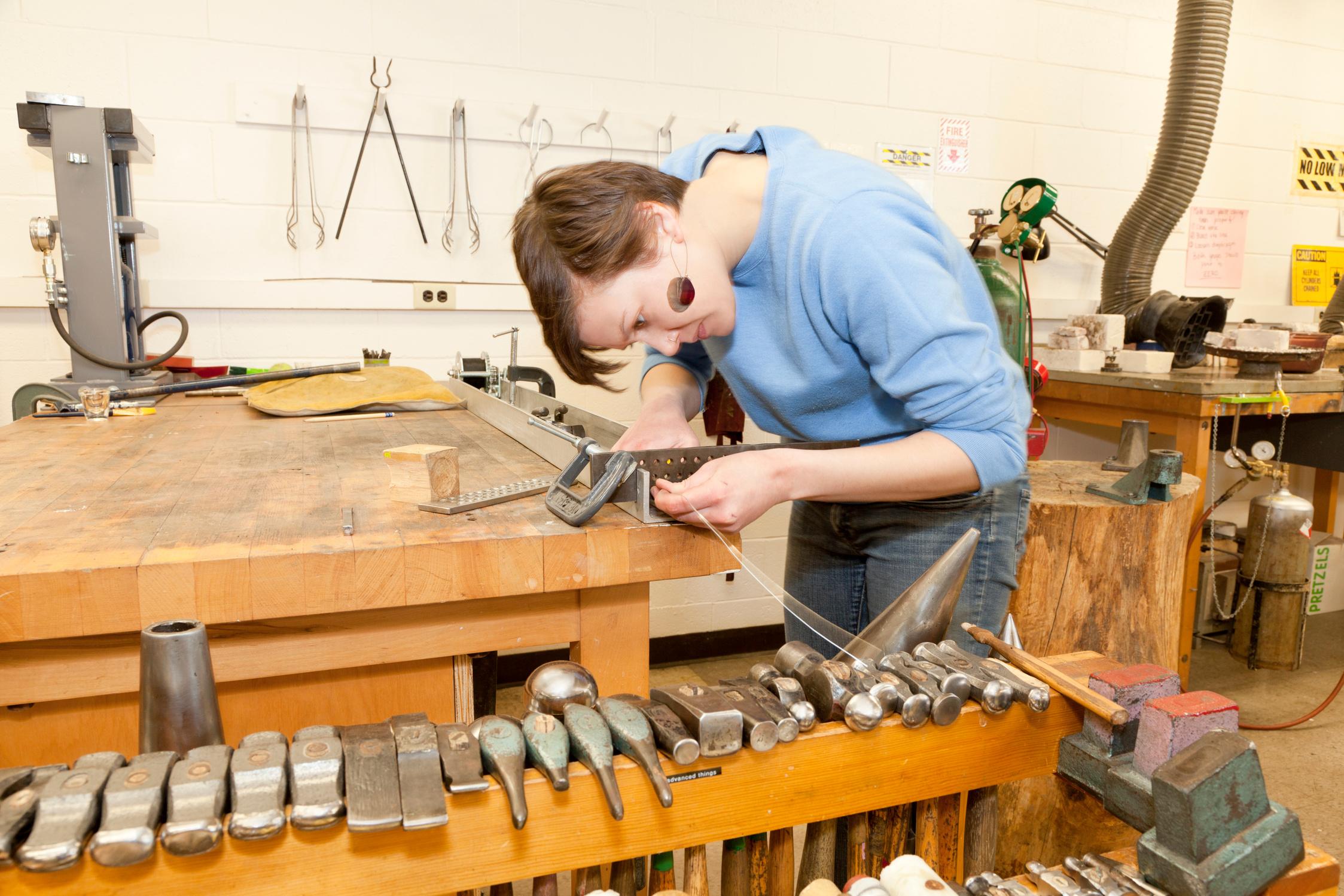
Prepare for advising sessions by gathering any information my advisor might need.
Begin pre planning my class schedule before meeting for enrollment appointment.
Share important information with my advisor such as why I am missing class, how many hours I work, why a class is difficult, etc.
Follow up on plans I make with my advisor.
Know requirements for my major and graduation.
Monitor my own academic progress.
Remember that my advisor cannot make exemptions to university policy.

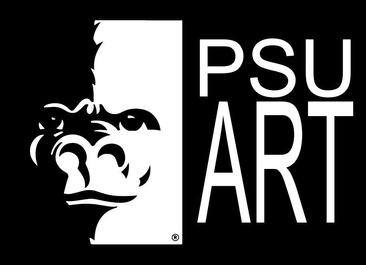
Be available to advise during specific uninterrupted office hours. Inform student of university regulations, major field, and graduation requirements.
Help set short and long term academic goals.
Know career opportunities related to student's major or refer to appropriate sources of information.
Be approachable and a good listener.
Know the procedure for dropping and adding courses, for changing majors, and for enrolling.




Provide required forms when appropriate. Respect confidentiality.
Refer to appropriate campus resources.

Here you will find study hints and problem solving skills that are helpful to keep in mind as an art student.

Study in the fine arts is the basic foundation to any career in the art field. The attention, effort, and focus you put forth in your education will directly result in the strength you show as an artist.
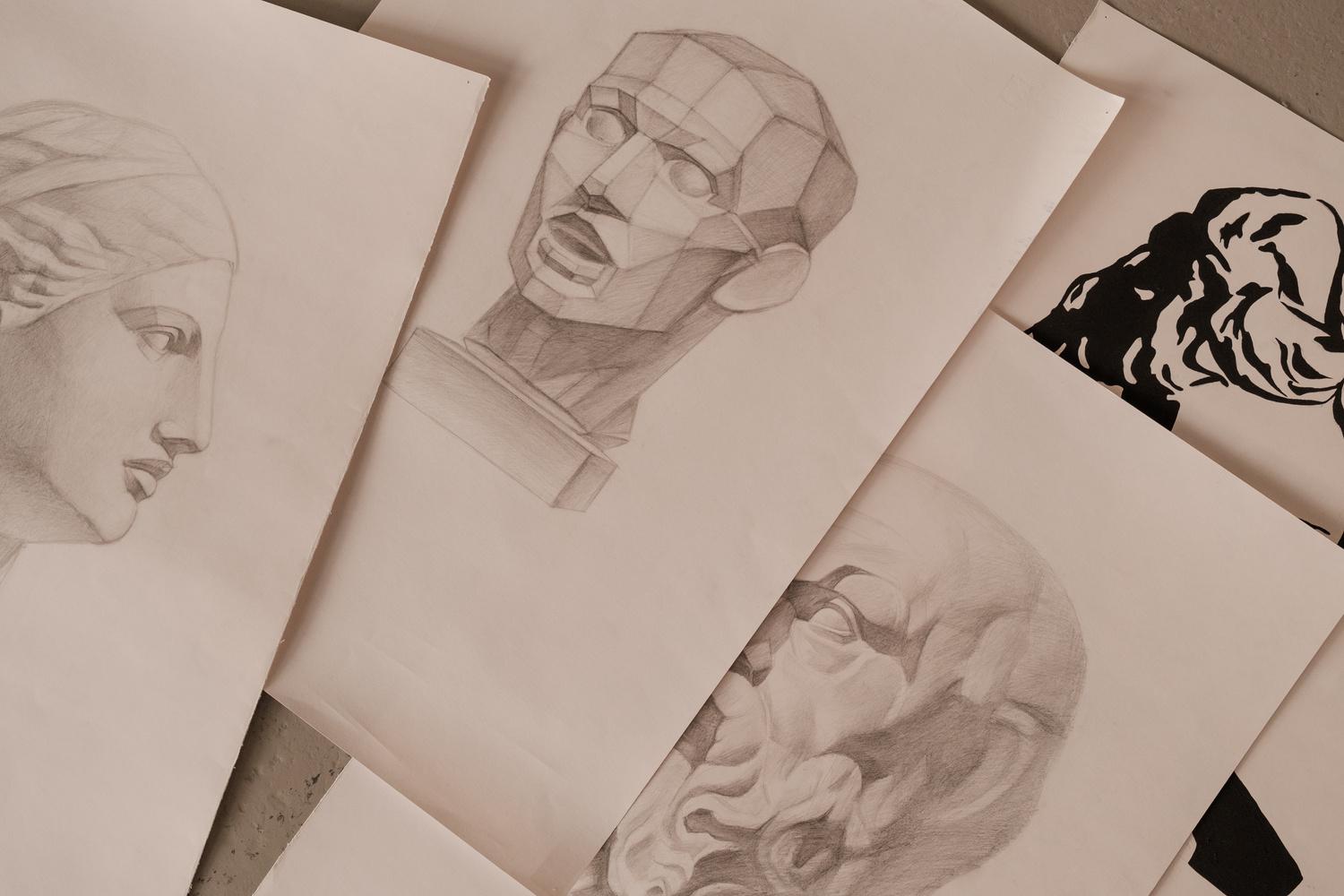
You should expect constructive and professional evaluations of your work and progress in this program. It can be difficult to receive critical feedback at first. The faculty are here to aid your growth personally and artistically.
Along with having highly developed artistic ability, you must develop other core skills to be successful. Confident people skills, organizational abilities, deadline responsibilities, writing and speaking skills, and basic financial skills to name only a few. Lacking any of these skills can hinder your advancement in the arts.
When pursuing study in creative fields, it is important to bring your own unique curiosity, strength, and personal energy to each course. Being a problem solver and self initiating your learning each day will make the largest impact in your development.
Always connect your art to you...your life...your experiences. Ask questions. Speak up and get involved in your courses and the department. Understand the goals and expectations of each class. Get comfortable with things that are new and unfamiliar. This is where growth happens. Experimentation, discovery, and development are the foundation of the creative process.
Be prepared to put in the time to study and complete your assignments. Studio courses require additional time in the studio to complete assignments. The more quality time you put in the more quality the output.


If problems arise, speak up. Take ownership of your work and ask questions. Talk to your instructors to gain knowledge and guidance in these instances.
There are going to be faculty members that you identify with more than others. Remember to make an effort to be present and open to what the instructor is presenting in class. Keep an open mind, and you will be surprised at the new information you can gain.
Be aware of the difference between assignments in the classroom that teach you technique, and your own self initiated artwork. Projects are there to help you learn, and practice techniques and methods. Both are important and it is expected that you will be working on both.
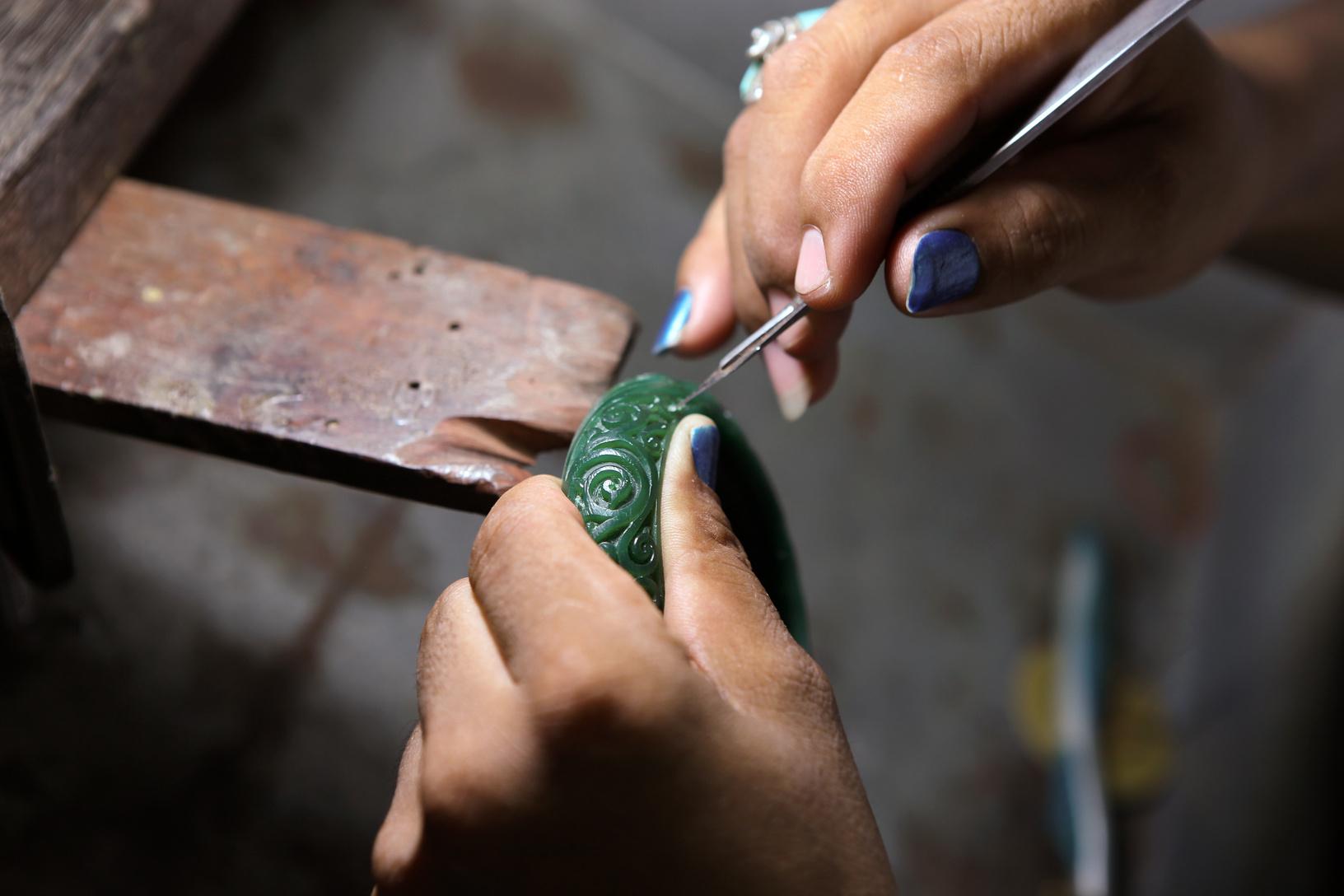
Use the right tool and process for the job. Have the best, affordable tools and materials. Talk to your professors about what would be appropriate to invest in and shop around.
A problem that comes up often is knowing which creative idea to pursue. A great way to narrow that down is to list out your ideas. From that list, locate the idea you feel most strongly about and work on it. If a problem comes up during the preliminary planning stages you can move on to the next idea.
Know the difference between a problem you are given to solve for a project and a problem that is for a self initiated idea. There will be times that you will be expected to operate in both modes.
Take short breaks during a work session. This will help the quality of your work increase. Stepping away from a project can reveal a solution to a problem. The recommendation would be about every 20 minutes. Step back and look at your work. Strategize before the break.

Making sketches, thumbnails, or models of your ideas can often help you problem solve and lead you in the best direction to complete your artwork effectively. This prep work will help determine future problems with your idea and is crucial.

In the studio, artists mostly employ two methods. The concept approach involves developing an idea first, then making an effort to determine how to turn it into a final product. The process approach is when an artist enters the studio without a predetermined idea and plays around with materials to see what happens. Most artists make their works of art using both of these methods. If one approach does not work, you can try the other. You can create your own process by asking teachers and other artists about their techniques.
Schedule your time effectively, set realistic goals, and even plan for personal time. It is okay to take a break from a project, and come back to refocus once you have cleared your head. Often a solution will present itself once you step away for a bit.
The studios in Porter Hall are here for you. Utilize them outside of class time to work on projects.

Personal Goals: Be a self starter. Self motivation is one of the greatest qualities you can develop.
Take the time to be aware of what is current in your field. Go to museums, art events, and gallery openings. There are many opportunities available to you. See as many works of art as you can.
Personal confidence and believing in oneself is a key ingredient in problem solving. Avoid negative environments. Focus on input that is going to help you achieve your goals
Find inspiration in your other courses, in your surroundings, in life. Be curious about history, art, culture and world differences. These all can inspire your future work.
International Art Honor Society, founded in 1911 at the University of Kentucky in Lexington, Kentucky, is an International Collegiate Art Honorary Fraternity. It is open to any student who has talent for or supports visual art Kappa Pi has 360 collegiate chapters across the United States and Internationally. The requirements are :

Completion of 12 semester hours in visual art courses (studio, art history, design, etc.)
Attainment of an overall "B" average in all art courses. An overall academic average of "C" Produces outstanding work

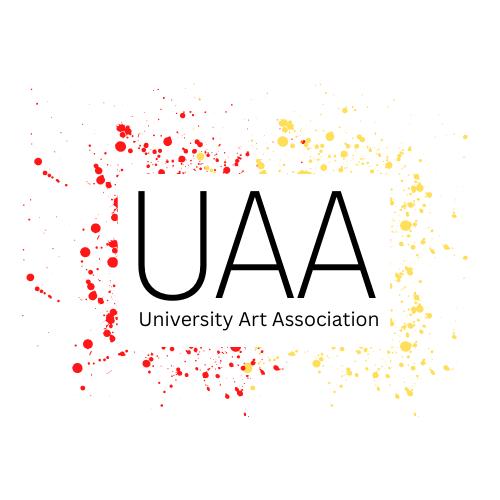
To promote fraternization of all Art Department as well as any other Pittsburg State University student interested in the organization. To promote art awareness and appreciation of association members through guest lectures, films, field trips, and member presentations. To provide exposure to artists at Association sponsored showings and sales. To promote awareness of the importance and impact of Art Education within the educational system.


KAEA is dedicated to the advancement of the human and cultural understanding through the study of art by providing opportunities for professional growth and development, exchange of knowledge and ideas, and service and leadership for the advancement of quality art education.







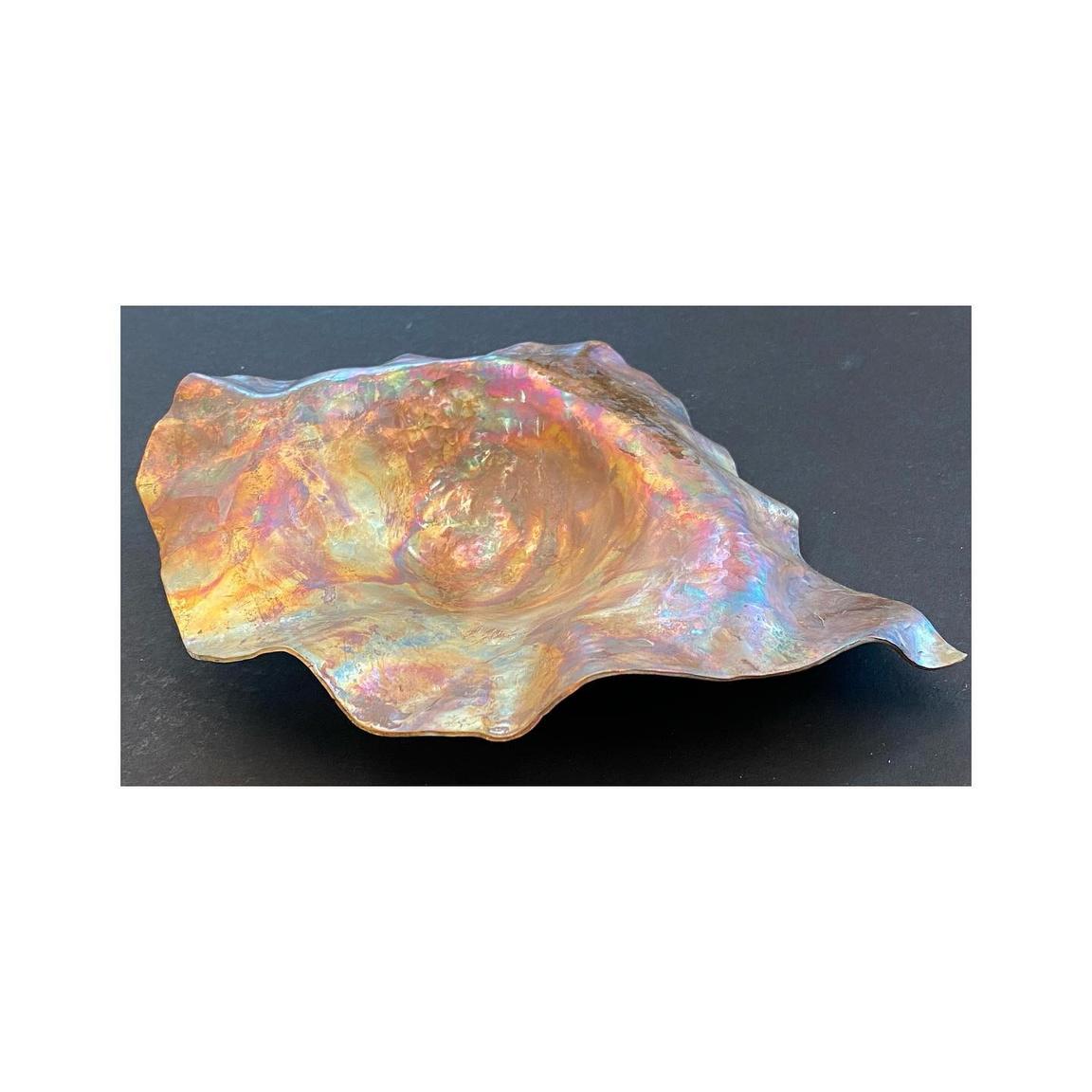
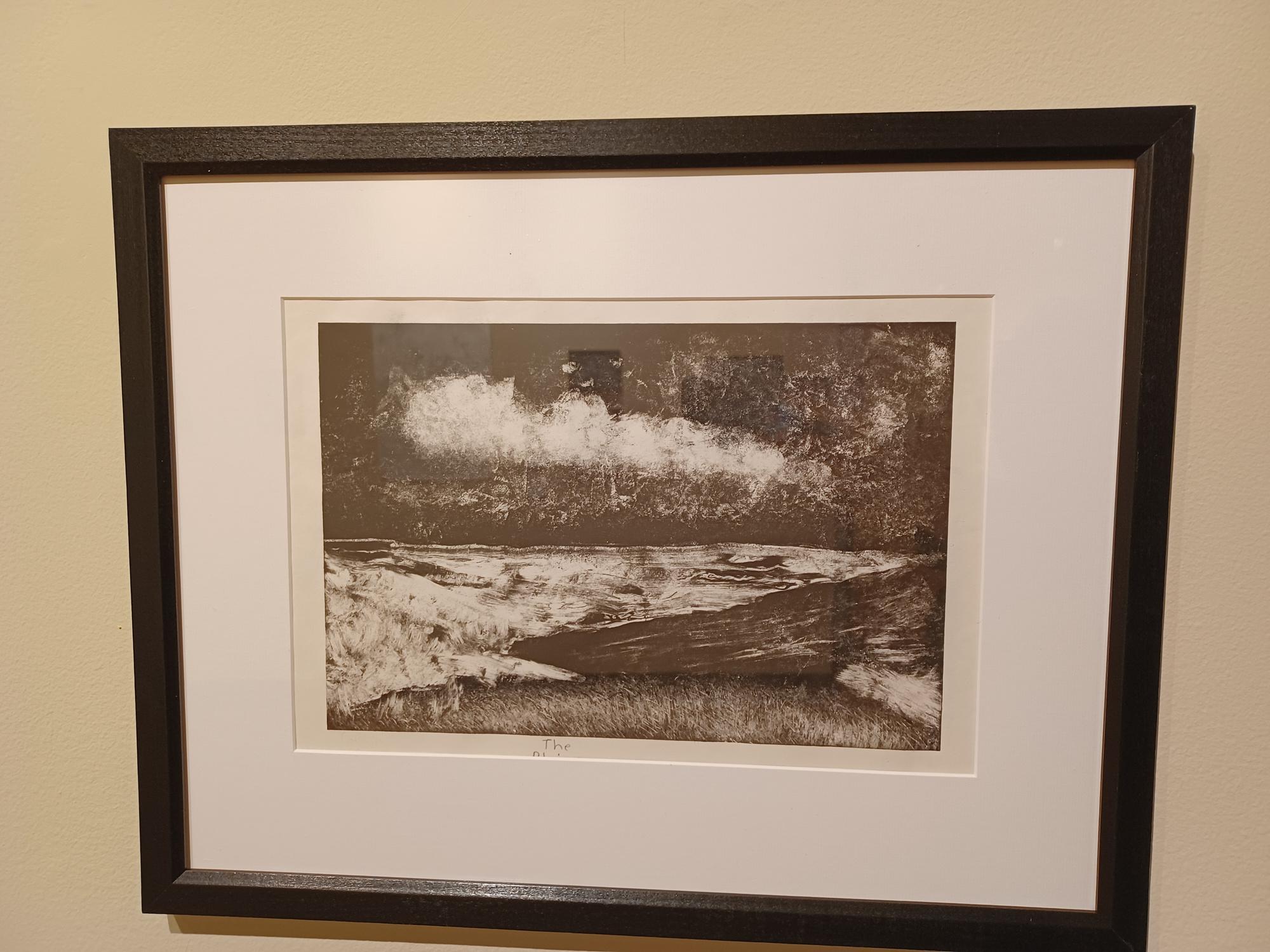
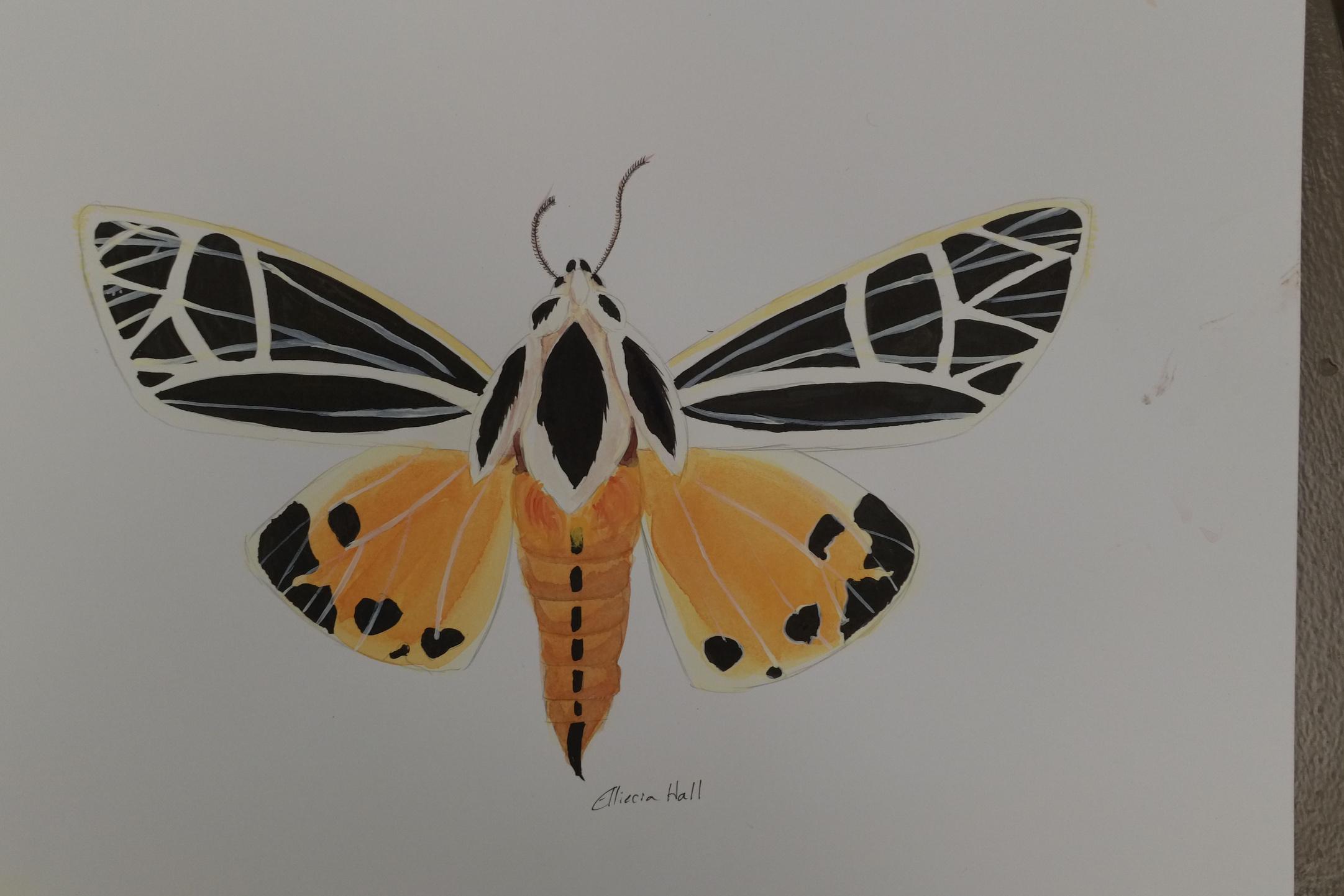





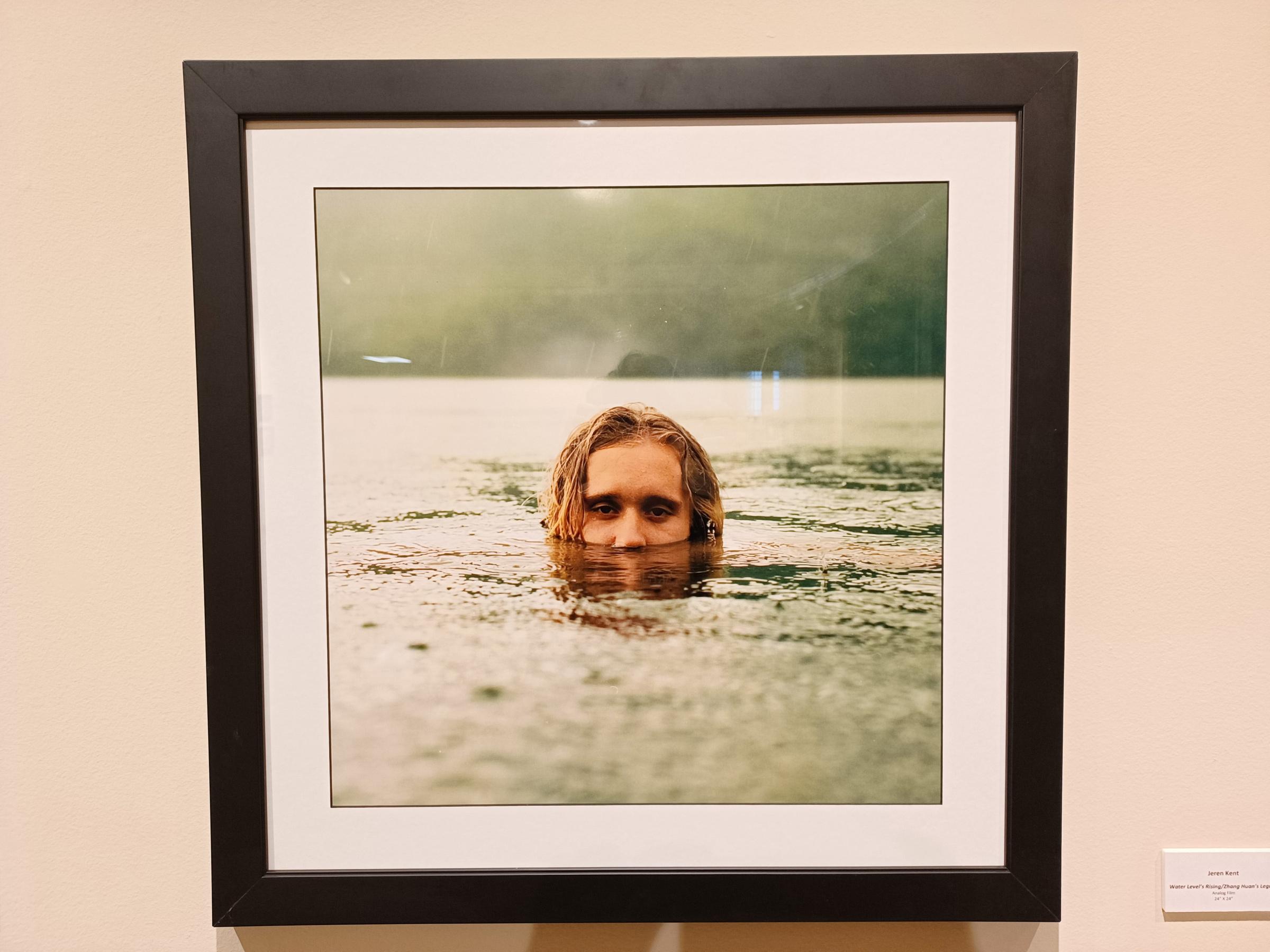





It is important to read the syllabus and listen to your instructor about safety features in each studio. Details about ventilation systems, eye protection, First Aid, SDS notebooks, hazardous waste disposal, and reporting incidents will be highlighted in your syllabus or discussed by your instructor.



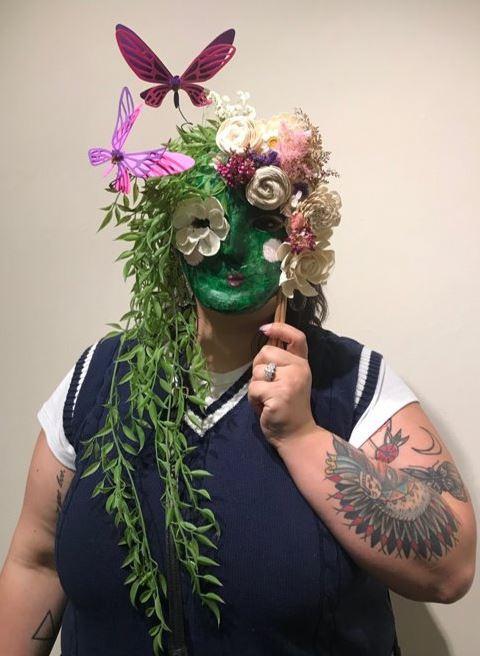
Equipment in each studio differs and there will be varying safety measures to take depending on what you are working on.
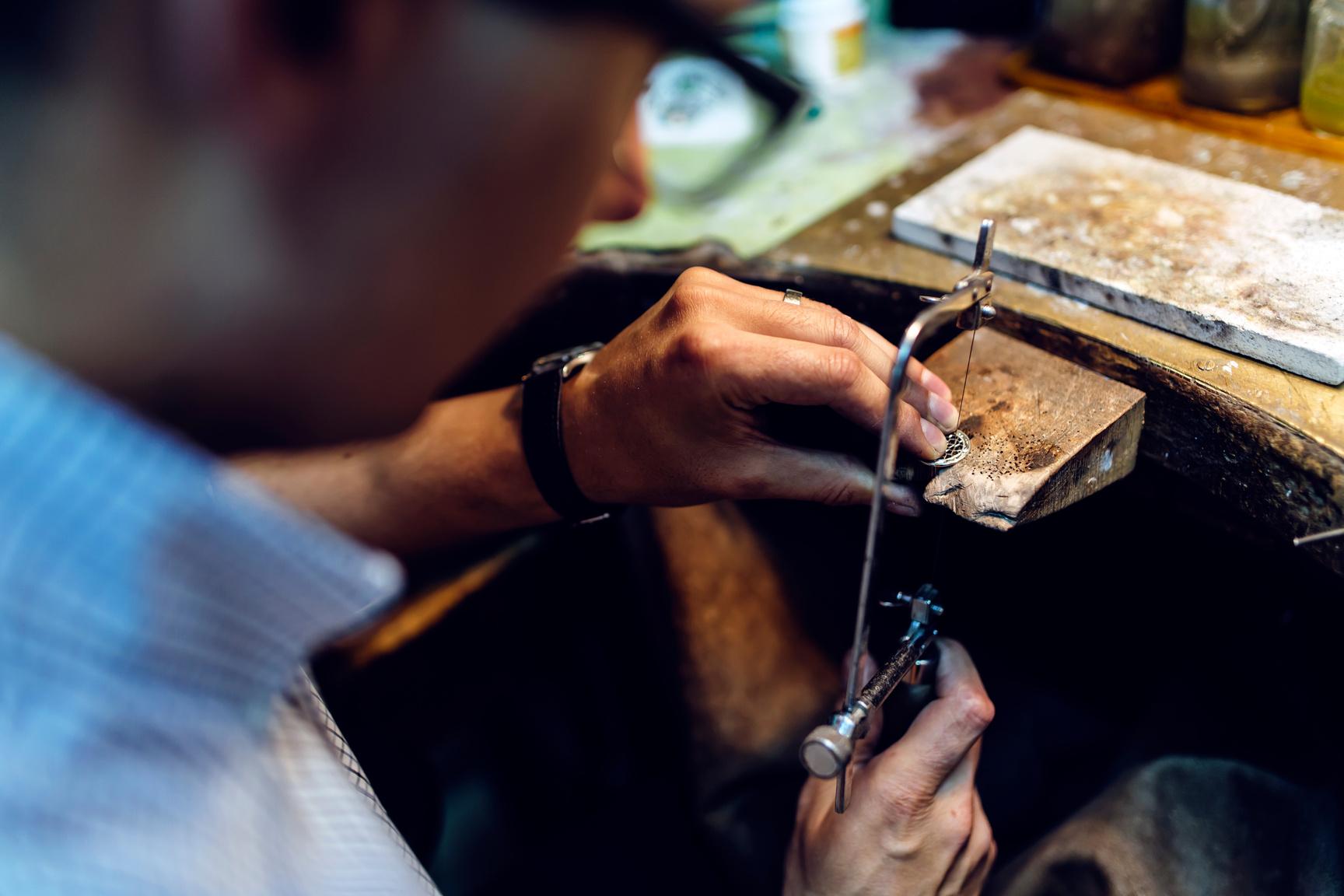
Please use this handbook for general safety rules, but keep in mind there may be additional procedures to follow in the studios. When in doubt, just ask.

Pre Session Cleaning Students are encouraged to disinfect surfaces in their personal workspaces (chairs, tables, easels, etc.) as they come into the studio, by wiping them down thoroughly with sanitizing wipes or disinfectant spray and paper towels. Supplies are provided within each studio and should be disposed of properly as directed.
Supply/Equipment Sharing: To avoid cross contamination, students should use their personal work/art tools, materials and equipment whenever possible and plan to disinfect them between uses. Community supplies, tools, and equipment should be wiped down by the user before and after use, and these will be disinfected on a regular basis by PSU personnel.



Handwashing: Students are encouraged to frequently wash their hands with soap and water when working in the studio to help prevent the spread of germs and keep hazards from entering your body from materials. Hand sanitizer that contains no less than 60% alcohol may also be used intermittently when it is not efficient or wise to access a classroom or restroom sink
Post Session Cleaning Students are encouraged to disinfect surfaces in their personal workspaces (chairs, tables, easels, etc.) and anything else that they have come into contact with before leaving the studio. Sanitizing wipes, disinfectant spray, and paper towels are provided within each studio and should be disposed of properly as directed.
This protocol summary is posted in each Art Dept Studio as a reminder and general guide. However, it is the responsibility of each student and faculty member, as responsible citizens of the global community, to adhere to and enforce these protocols in any given studio space.

CLOTHING: Avoid expensive clothing, loose clothing, long hair, fingernails, hanging jewelry, rings, and flip flops. These may get damages, cause injury, or just be in the way. Closed toe/heel shoes must be worn at all times. Wear dirt friendly clothing or an apron.
If you have not been shown how to use equipment properly, DO NOT TOUCH IT. For your safety, please do not attempt to use or touch the kilns, mixers, power tools, clay, or glaze materials without permission.
DO NOT TOUCH items on shelves that are being worked on, drying, or being glazed.
Studio clay, glazes, underglazes, stains, tools and equipment are property of Pittsburg State University and should not be removed from the studio at any time.

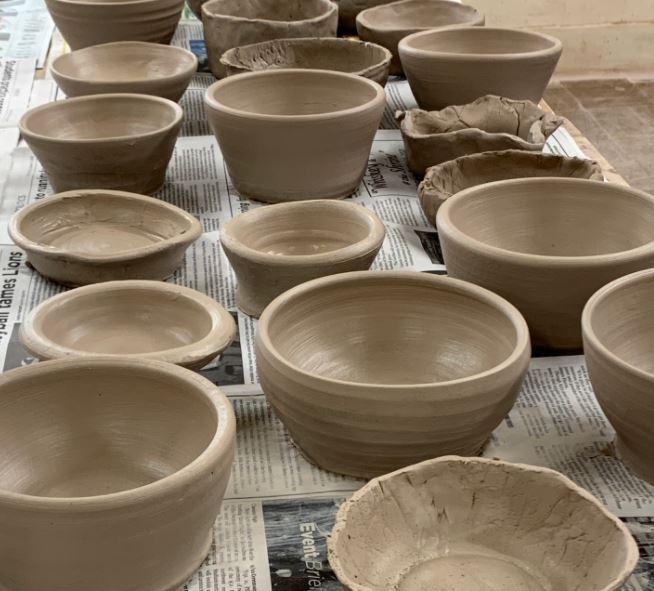
No person not currently enrolled in ceramics may use studio without instructor approval. Do not operate machinery alone in the studio.
NO FOOD or DRINK in the ceramics studio.
Do not put clay, glazes, plaster, or any ceramic material down the sink or floor drains. Throw waste in garbage cans first and use plastic traps for rinsing.
Label your personal materials (tools, projects, clay, etc.) with your name.
Keep or replace lids on all containers at all times.
Do not leave valuables unattended.
Students must currently be enrolled in an applicable course and have been trained and granted permission by the course instructor before using any of the tools or equipment in this studio.

The following general studio safety guidelines always apply:
·Safety glasses should be worn to protect eyes from debris or potential impact such as when using saws, drills, or flexible shaft motor tools.
·Splash goggles should be worn to protect eyes from potential liquid splashes.
·Dust masks should be worn to prevent airborne particulates from entering the nose or mouth when grinding, sanding, etc.
·Hearing protection should be worn to minimize the impact of machine noise and hammering.
·Hair ties/clips should be worn to hold back long hair, especially when using rotary tools or torches.
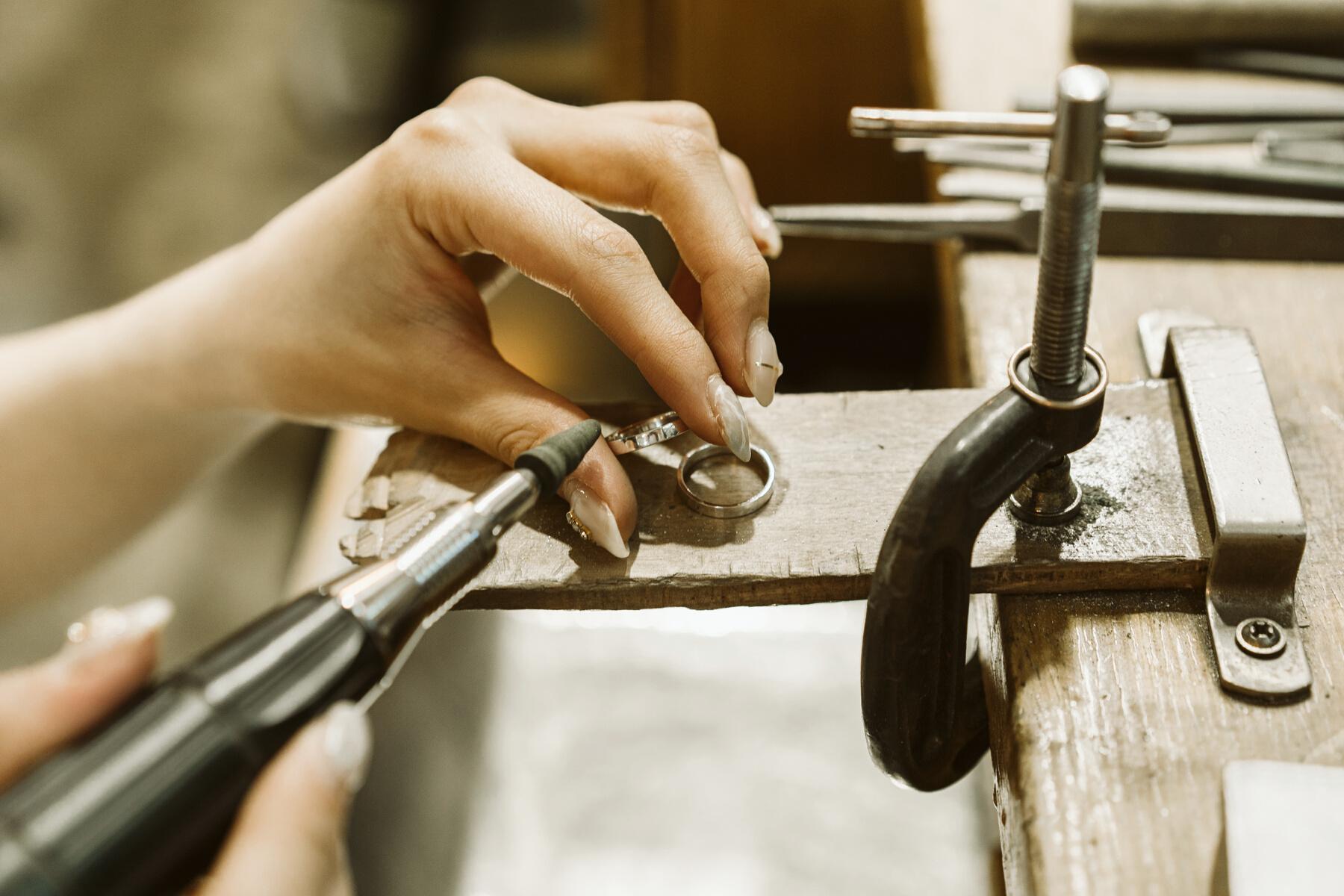
·Shoes worn in this studio should have closed tops, enclosed toes, and non slip soles.
·Aprons/work shirts are recommended to protect clothing.
·Personal listening devices may be used outside of class time, but for safety reasons volume should be kept low enough to be able to hear room noise and conversation.
·Eating/drinking in this studio is not recommended.
Students should know the proper usage and disposal guidelines before using any materials in the 302 studio. These can often be found on product packaging or in the SDS (Safety Data Sheet) notebook in the studio.
Students from different courses may be working together in the studio outside of class time. Any actions or behaviors that are a distraction can present a safety risk. Some examples are loud or inappropriate conversations or music, monopolizing or improperly using tools/materials/equipment, or not cleaning up after oneself

CLOTHING: Avoid expensive clothing. Wear ink friendly clothing or an apron.
DO NOT TOUCH other prints in the studio.
Studio materials such as inks, tools and equipment are property of Pittsburg State University and should not be removed from the studio at any time.


No person not currently enrolled in printmaking may use studio without instructor approval.

NO FOOD or DRINK in the printmaking studio.
Label your personal materials (tools, projects, etc.) with your name.
Keep or replace lids on all containers at all times.
Do not leave valuables unattended.
Avoid purchasing and using ink that includes any of the following hazardous materials: cadmium, chromium, lead, and barium. Check SDS sheets before purchasing.
Rags or towels covered in ink, solvents, or mediums must be disposed of in the red can for flammable items.
If you have not been shown how to use equipment properly, DO NOT TOUCH IT. For your safety, please do not attempt to use the presses or other materials located in the Printmaking Studio without permission.
Food, Drink, Clothing: Beverages with a lid are allowed in the studio, but food should not be consumed in the studio. You will be painting, and paint stains clothing, so aprons, smocks, or designated clothing for the studio are effective ways to protect your clothing from paint stains. The stain remover “Kiss Off”, a stick stain remover, is great for removing oil paint stains, as well as other difficult stains from clothing. Wash your hands before you leave the studio, or before you go out of the studio to eat.


Your Studio Space: Keep your work area tidy and reduce clutter as much as possible. Remember the studio is a shared space and we want to reduce the amount of flammable items in the room. This will also make it easier to leave the studio in case of emergency. Do not use the studio as long term storage or personal items. Lockers are available to store materials, not personal items. Place backpacks and other personal items along the walls, or in front of your easel so that it does not block people from walking around in the studio.
Toxic Pigments: Avoid purchasing and using paints that include any of the following hazardous materials: cadmium, chromium, lead and barium. Look at the Pigment information on the label and check the Safety Data Sheets to confirm that it is not considered hazardous before purchasing.
Solvents: Limit your use of solvents in the studio. We traditionally use Water Based oils, and solvent free gel in studios. Non Hazardous Biobased Artist Thinner are recommended for most solvent uses such as cleaning brushes. If a solvent is needed to paint with, an odorless mineral spirit, such as Gamsol, is recommended. If you need this please ask the instructor.



Label Containers: Clearly label what the contents of any container that is not in its original container. For example, if you put Gamsol, a type of odorless mineral spirit, in a glass jar with a lid, make sure you label with your name, the date, and Gamsol OMS, on the container. Make sure that every container has a secure, airtight, lid on it.
Sink: Never dispose of any paint or gesso down the sink! This is particularly important for dried paint and gesso, but it also applies to any paint or gesso in its wet form. Clean brushes as thoroughly as possible with a rag before washing the brush in the sink. Wipe down the sink area after cleaning brushes. Never scrape a palette of paint into the sink.
Spills: Clean up spilled paint, solvents, and mediums immediately with rags or paper towels and dispose of soiled items in the red can for flammable materials. Rags and paper towels with wet paint, solvents, or mediums are considered hazardous.
Disposal of Rags and Paper Towels: Rags and paper towels covered in paint, solvents, or mediums must be disposed of in the red can for flammable materials.
Disposal of Paint: Dried Paint is not considered a hazard and can be disposed of in the trash. Wet paint should be treated as a hazard.
Electrical Outlets: Unplug extension cords, phone chargers, and anything else from electrical outlets when leaving the room and when they are not in use.

Food, Drink, Clothing: Do not eat drink or smoke in the studio. Clean hands thoroughly as you enter the studio and before you leave the studio.
Spray Fixative: Do not use spray fixative outside an approved spray booth there is one in the Porter Hall 201 the Printmaking side of the studio. You can also take your drawing outside and spray fixative. Make sure you consider the wind direction and always spray with the wind.

Materials: Charcoal is NOT a toxic material

Examine Soft Pastels carefully before buying. Avoid pastels without pigment labels (these are often imported). Use care to not blow pastel dust into the air. Clean carefully by wet mopping only. Never sweep or vacuum dry materials. Wash hands with great care, as these are pure pigment. See list of pigments to avoid in the painting section.
Turpentine washes or other solvent techniques (like image transfers) must be done in approved spray booth. Do not remove until completely dry.
Your Studio Space: Have an ergonomically designed work area. Repeated hand motions can lead to wrist problems over time.
Electrical Outlets: Unplug extension cords, phone chargers, and anything else from electrical outlets when leaving the room and when they are not in use.

CLOTHING: Avoid expensive clothing. Wear studio friendly clothing or an apron.

DO NOT TOUCH other illustrations in the studio.
Studio materials such as paints, tools and equipment are property of Pittsburg State University and should not be removed from the studio at any time.


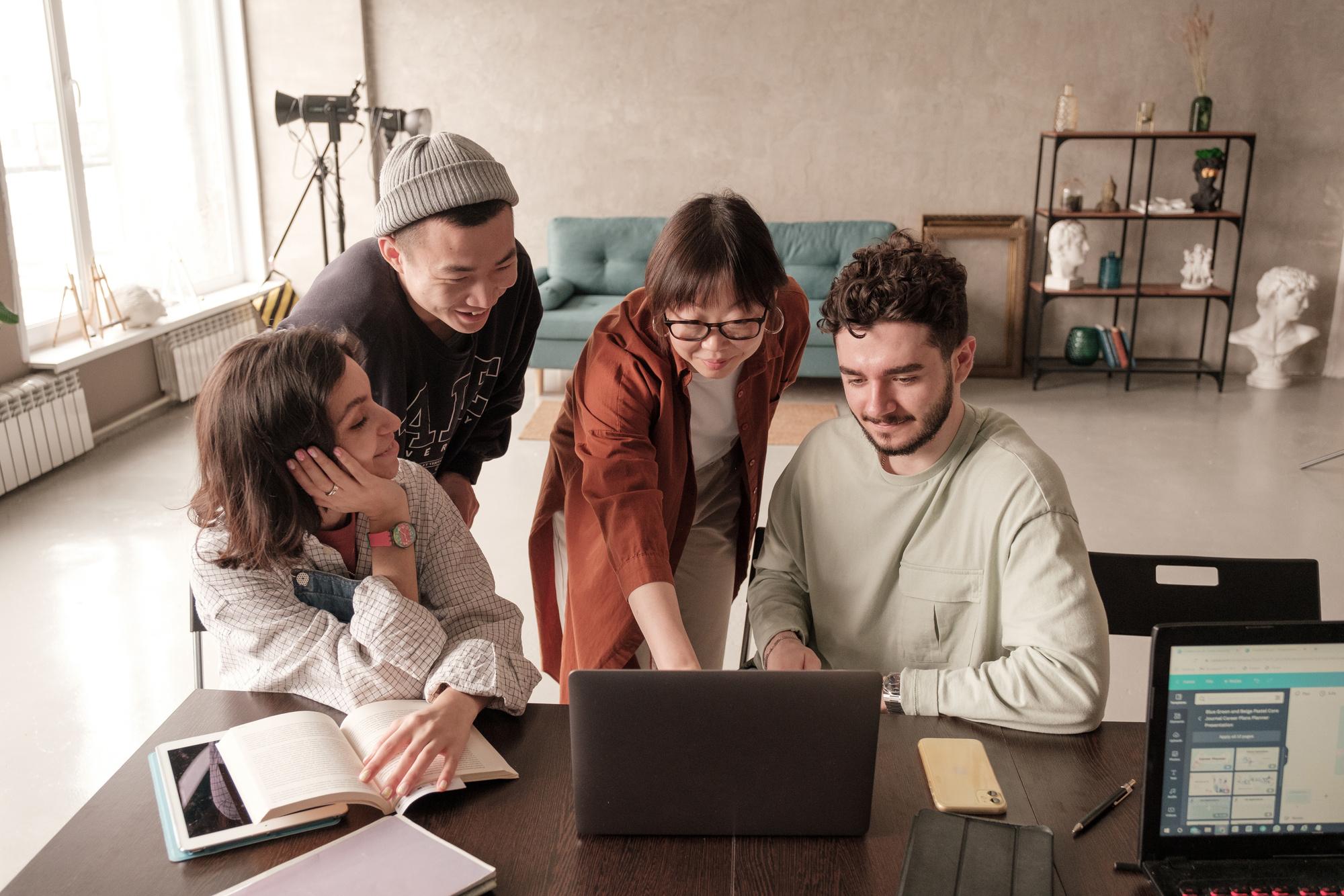
No person not currently enrolled in illustration may use studio without instructor approval.

NO FOOD or DRINK in the illustration studio.
Label your personal materials (tools, projects, etc.) with your name.

Keep or replace lids on all containers at all times.
Do not leave valuables unattended.
You must be enrolled or have been previously enrolled in a digital studio class to have access to the Digital Studio. This requires Instructor or Department of Art approval.
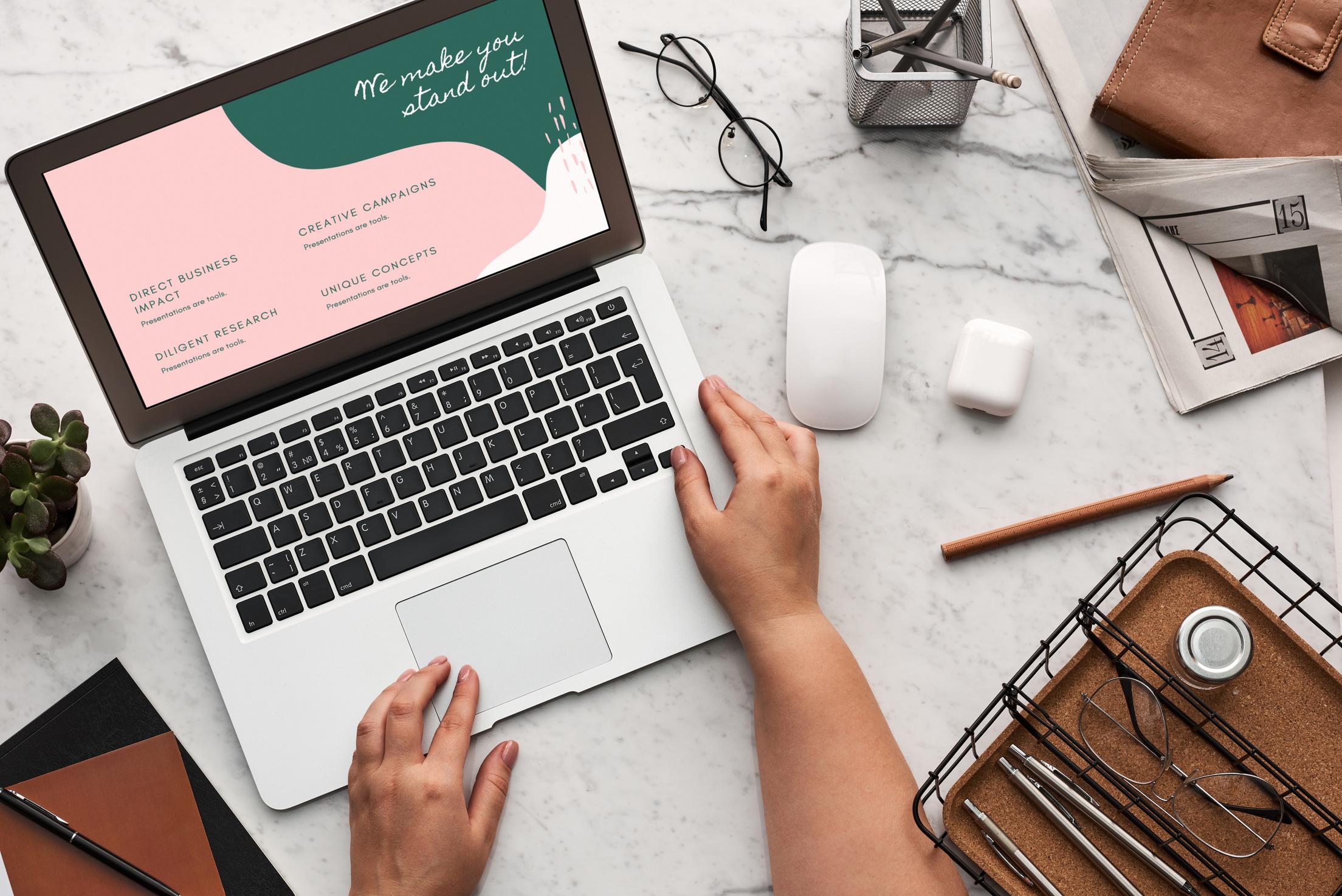
Files produced Always back up files to an external hard drive, jump drive, or cloud based service (you might consider Dropbox, Canvas, or One Drive). Studio computers are not for long term storage. File are deleted from computers regularly.

At the end of each work session. Close all applications and log out of all accounts including the computer.
Food and Drink Lidded beverages are allowed, but no food is allowed at the computer work stations.
Studio Equipment Studio materials such as computers, scanners, cameras, and other equipment in the studio are property of Pittsburg State University Department of Art and should not be removed from the studio at any time. Check out of some equipment, such as DSLR cameras, and iPads (based on class enrolled in) are available for short term loan. Check with faculty on the procedure for this.
Do not leave valuables unattended.










Grace Burns Art Office Assistant and Graphic Designer gburns@gus.pittstate.edu
Katie Wells Art History Assistant kewells@gus.pittstate.edu


Lewis Key Ceramics Studio Assistant lhkey@gus.pittstate.edu
Brianna Carranza Illustration Studio Assistant lbcarranza@gus pittstate edu

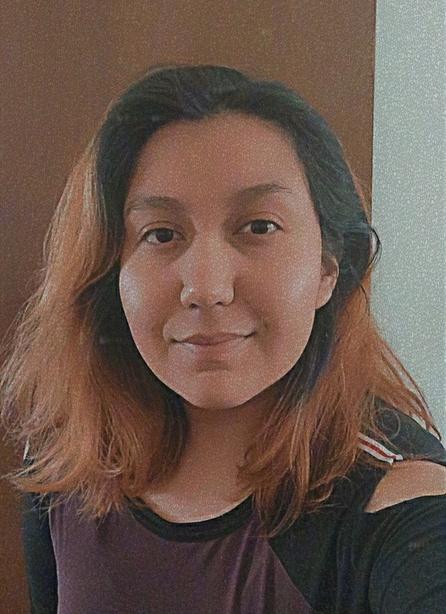

Collin Chaney Printmaking Studio Assistant cchaney@gus.pittstate.edu
Rosemary Stapleton Art History Assistant rstapleton@gus.pittstate.edu







James M. Oliver, Jr. Chairperson & Professor

101B Porter Hall 620 235 4301 joliver@pittstate.edu
Li Lin Tseng, Ph.D. Professor

104 Porter Hall 620 235 4308 ltseng@pittstate.edu

Janet Lewis Associate Instructional Professor
302A Porter Hall 620 230 4307 jlewis@pittstate.edu
Kim Allison Assistant Instructional Professor 203 Porter Hall 620 235 4306 kim.allison@pittstate.edu

Mayumi Kiefer Assistant Instructional Professor
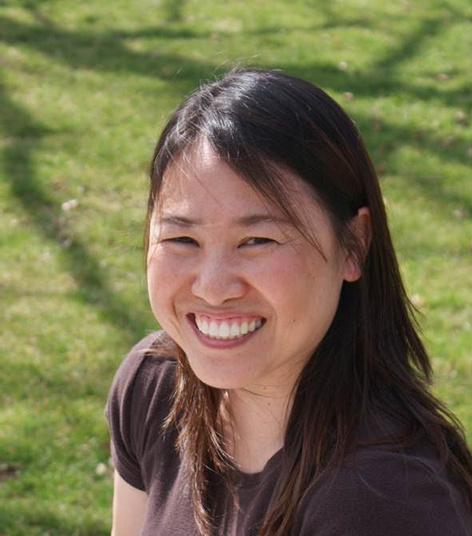
108 Porter Hall 620 235 4306 mkiefer@pittstate.edu
Olivia Timmons Assistant Instructional Professor

201A Porter Hall 620 235 4309 otimmons@pittstate.edu

Jared Jennings Adjunct Lecturer


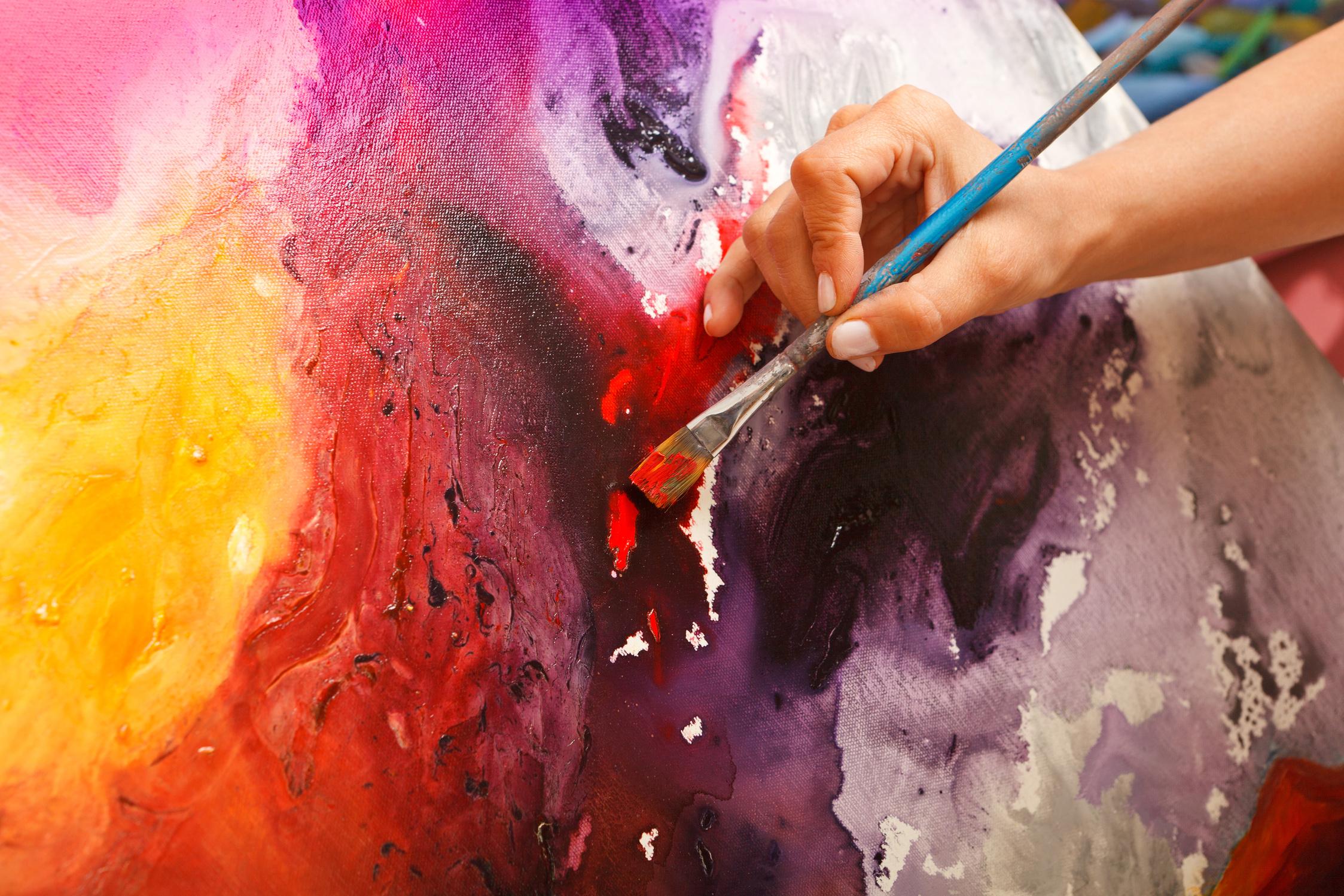
303A Porter Hall 620 235 4310 jjennings@pittstate.edu

Carmen Stotts Adjunct Lecturer cstotts@pittstate.edu






Josie Mai Adjunct Lecturer jmai@pittstate edu
Janet Kingman Administrative Associate 101A Porter Hall 620 235 4302 jakingman@pittstate.edu

